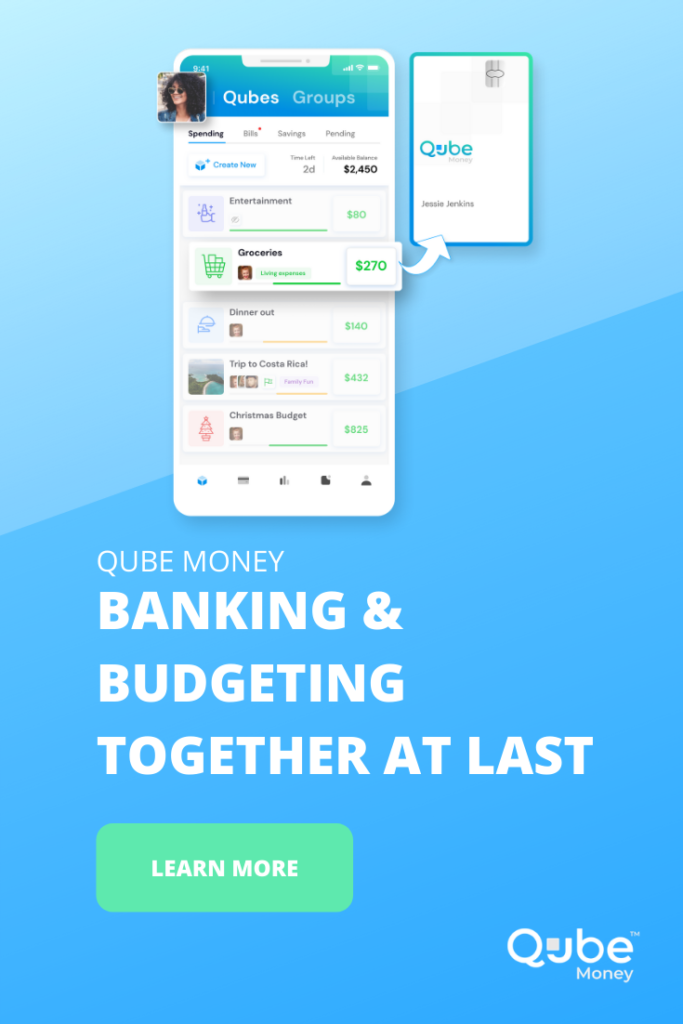The shift from traditional banks to mobile banks has been a gradual process that has led to consumers having more digital banking options than ever before. Digital banking is part of the movement toward online banking, where services take place over the internet.
Today I’ll share what you can expect from online-only banks – known as “neobanks” – what the experience is like and what the pros and cons of these online accounts are.
Let’s go over words that are used to describe online banks so you know precisely what a digital bank is.
Differences Between Online Banking, Mobile Banking, and Digital Banking
It’s common to hear words like online banking, mobile banking, and digital banking interchangeably. However, subtle differences could affect your experience and expectations as a customer.
Online banking refers to banking services that take place online. Mobile banking refers to those services that are conducted on a mobile device.
Both online and mobile banking are accomplished by implementing software to access the core banking services of a bank and can be offered by online-only challenger banks in addition to traditional banks like Chase, Bank of America, or Wells Fargo.
However, digital banking differs in that the core banking services take place exclusively over the internet with no need for physical branch locations needed to access any services. This includes companies like Qube Money, Ally, Chime, Current, Simple (shut down), and Varo, among others.
I’ve had accounts at both traditional and online-only banks for well over a decade. I’ll share my experience and explain why I implemented the Marie Kondo method to simplify my financial life by relying more on my digital bank.
Like all things in life, there are pros and cons to digital banking, so let’s dive in.
Related: How to Switch Banks [6 Steps to Get Started]
What Are the Advantages of Digital Banking?
Lower fees, better rates, and no minimums
I opened my first online bank account many years ago because they had lower fees than traditional banks. The online-only digital banks lead the market with low fees and higher interest rates. It’s the reason I stand by them today.
When it comes to fees and account minimums, it’s clear digital banks have an advantage. Not having to build and maintain branches means lower overhead costs, and they can pass those savings to you. Many of the leading digital bank accounts have no account minimums and no monthly fee.
The lack of fees stands in stark contrast to mega-banks that seem to nickel and dime you. Charging fees on accounts below certain balance thresholds means they’re penalizing the most vulnerable members. If you only have $100 in your bank account, a $5 monthly fee represents a staggering proportion of your money.
On top of that, online-only banks’ savings accounts have interest rates that are higher than traditional banks. That means your hard-earned money is working harder for you.
If you like the sound of keeping more of your money and paying fewer maintenance fees, then you understand the advantages of online banking and why digital banks are becoming popular.
Better digital technology and user experience
When it comes to designing and building apps and digital experiences, digital banks have an unfair advantage because they don’t have old legacy brick-and-mortar systems to take into account.
They have a clean slate, which allows them to design everything with a consumer-first mentality. The end product usually means cleaner user interfaces and a better overall mobile experience.
A better experience can mean innovative features like recommendations on how to budget or invest. It’s no surprise many innovations have been adopted by all banks – like mobile deposits – weren’t initially developed by the megabanks.
Convenience
If you’ve ever had to walk or drive to the bank and then wait in line for help, you know how essential the convenience of conducting all of your banking transactions from the comfort of your home is.
Need to open a new account or apply for a loan? You can on your phone with digital banking. That means you’ll have more time to focus on living your best life.
Enhanced virtual customer service teams
Not having branches on street corners means digital banks need to have customer service teams that can help you virtually. You won’t be told they can’t solve your problem over the phone and that you need to visit a branch.
In my personal experience, I’ve also noticed online-only banks tend to have their service representatives located in America, which helps create jobs right here at home.
Disadvantages of Digital Banking
Narrower set of non-essential banking services
If you find yourself needing to use specialty banking services like money orders, certified bank checks, or depositing cash, then it’s true you may need to find workarounds if you only have a digital bank account.
If you’re like me and only use common bank services (writing checks, depositing checks, making payments, transferring money, etc.), you won’t notice a big difference in terms of banking services between offline banks and digital banks.
You may also be wondering how you can access cash at an ATM with a digital bank. Thankfully, the top online-banks are part of vast ATM networks where you can withdraw cash without worry.
I haven’t paid a single penny in ATM fees from my digital checking account. However, you’ll want to make sure there are ATM locations near your home or work.
Potential service interruptions
If a traditional bank has an online banking outage, you can always head in and try your luck at a local branch. The same can’t be said for online-only banks. In my many years of digital banking, I’ve never experienced an outage like this, but it’s worth mentioning because it’s always a possibility.
Cybersecurity concerns
A common argument against digital banks is they may make you more vulnerable to cyber-attacks or identify theft. However, all banks (traditional or digital) have most of their customer-facing systems online, so your information is still vulnerable at any type of bank.
The increasing use of biometric and two-factor identification also means banks are aware of consumers’ concerns about online banking and are continually working to make it more secure.
Limitations on deposits
Most banks place limits on mobile deposits to prevent fraud and money laundering. If you regularly receive large checks, you could have trouble relying on an online-only bank as your only banking solution. That means if you’re lucky enough to win the lottery, you’ll want to see if they can send you a wire transfer instead.
No banker relationship
Previously, it was commonplace to have a trusted banker who can help you navigate the process when you need a mortgage or auto loan. However, many of those services have transitioned online.
If you still like meeting face-to-face with a banker, then a digital banking option may not be ideal for you. However, in the wake of the Coronavirus pandemic, we’ll see if most of those interactions will resume.
Mobile Banking And Cybersecurity
Consumers have valid concerns about their information being safe on the internet. After all, the largest financial institutions suffer data breaches compromising millions of customers’ data. The Equifax data breach immediately comes to mind.
However, all banks (digital or traditional) are regulated and have strict data privacy laws and consumer protection regulations they must adhere to. Even ‘smaller’ banks like Ally are still multi-billion dollar companies with sophisticated systems.
Digital bank accounts are also protected by FDIC deposit insurance so you can have confidence your money is safe and protected.
Takeaways and Final Thoughts on Digital Banking
There’s no doubt digital banks are helping shift the entire industry toward more mobile-friendly services and are going to play an even more significant role in our banking system moving forward.
In the words of Ronald Oliveira, CEO of the challenger bank Revolut, “Traditional banks are trying to move more towards mobile-app centricity, a little less traditional delivery of the product. You’ll see the evolution of the traditional delivery system blur together with fintechs, who also want to become mainstream. Lines between traditional and new upstarts in how the product is delivered.”
With that said, until traditional banks match the low fees, account minimums, and interest rates of online-only banks, my family will continue to use digital banks for the majority of our banking needs.






